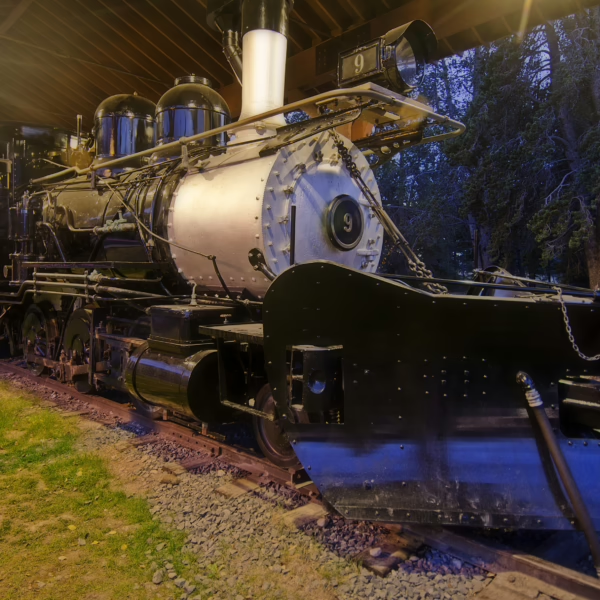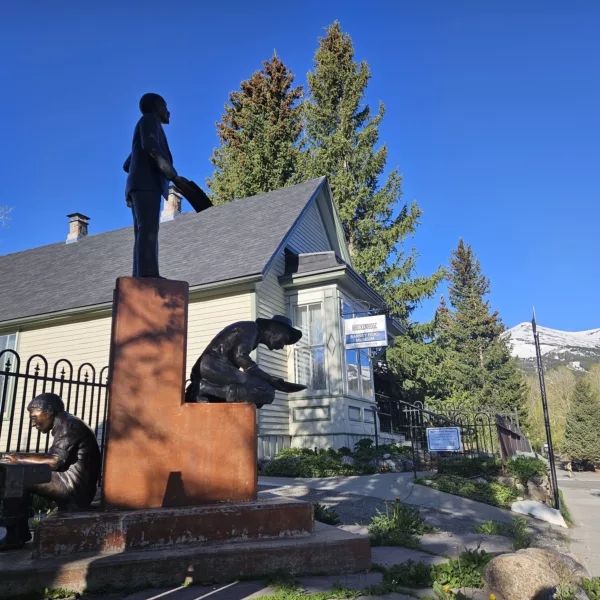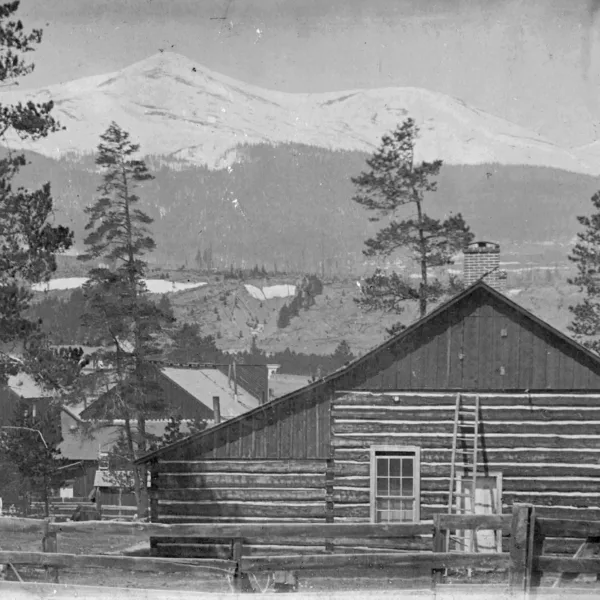Por qué son importantes los museos
16 de marzo de 2024 | Category: Hacer historia
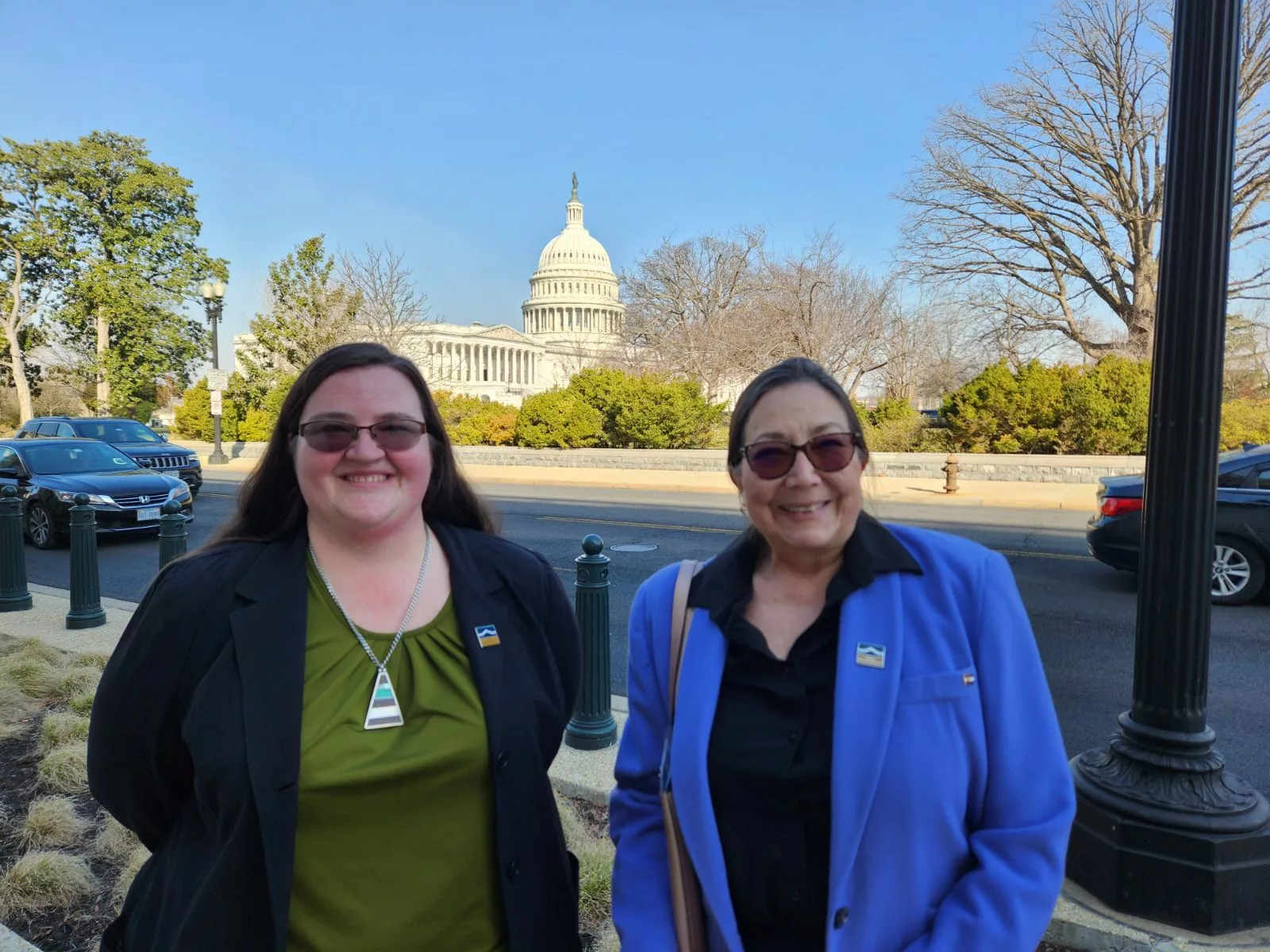
¿Por qué son importantes los museos? Puede parecer una pregunta sencilla, pero tiene respuestas muy complejas. Somos socios de la comunidad, educadores, motores económicos y conservadores del pasado. El mes pasado, el 27 de febrero, Breckenridge History tuvo el placer de unirse a colegas de todo el país en el Día de la Defensa de los Museos en Washington D.C. Organizado por la Alianza Americana de Museosunos días en la capital de la nación nos dieron la oportunidad de hablar con los representantes del Congreso y su personal de todo el estado de Colorado. También nos dio la oportunidad de conocer a otras personas de nuestro sector y ver qué cosas tan increíbles están haciendo nuestros colegas. Universidad de Colorado?
El poder de los museos
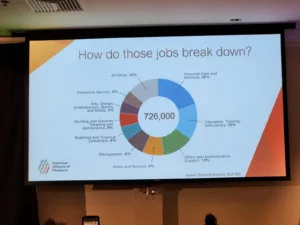 En todo el país, los museos contribuyen 50.000 millones de dólares al PIB anualmente y proporcionan 726.000 puestos de trabajo. En Colorado, esto se traduce en más de 1.000 millones de dólares de impacto económico y más de 16.000 puestos de trabajo. Aquí en Breckenridge, hemos trabajado duro durante y después de la pandemia para mantener nuestros niveles de personal, y para mantener nuestros museos y experiencias asequibles para el público en general. De hecho, nuestros museos son gratuitos y nuestras visitas son algunas de las experiencias más económicas que se pueden disfrutar en la ciudad. Tenemos mucha suerte de contar con financiación municipal, de organizaciones locales que conceden subvenciones y de donaciones del público. Todo ello nos ayuda a preservar los lugares históricos de la ciudad y sus alrededores.
En todo el país, los museos contribuyen 50.000 millones de dólares al PIB anualmente y proporcionan 726.000 puestos de trabajo. En Colorado, esto se traduce en más de 1.000 millones de dólares de impacto económico y más de 16.000 puestos de trabajo. Aquí en Breckenridge, hemos trabajado duro durante y después de la pandemia para mantener nuestros niveles de personal, y para mantener nuestros museos y experiencias asequibles para el público en general. De hecho, nuestros museos son gratuitos y nuestras visitas son algunas de las experiencias más económicas que se pueden disfrutar en la ciudad. Tenemos mucha suerte de contar con financiación municipal, de organizaciones locales que conceden subvenciones y de donaciones del público. Todo ello nos ayuda a preservar los lugares históricos de la ciudad y sus alrededores.
Para el Día de la Defensa de los Museos, teníamos dos peticiones de todo el sector para nuestros legisladores: mantener Oficina de Estudios Museísticos del IMLS para 2024 y aumentarla en 2025; e incluir donaciones benéficas universales en los futuros paquetes fiscales. Las subvenciones del IMLS ayudan a los museos en diversos proyectos, desde la mejora de infraestructuras, como garantizar que las instalaciones de almacenamiento tengan los controles medioambientales adecuados, hasta la creación de nuevas exposiciones. El Museo Infantil de Denver recibió recientemente una subvención del IMLS que le permitió crear la exposición exposición Bloom. Esta exposición está pensada para recién nacidos y niños de hasta 3 años, y les ayuda a desarrollar la motricidad fina y gruesa. Éste es sólo un ejemplo de los efectos que las subvenciones del IMLS pueden tener en museos grandes y pequeños.
¿Por qué pedimos donaciones benéficas universales? En la actualidad, sólo el 10% de los estadounidenses detallan sus impuestos y quien no lo hace se pierde la deducción que recibiría de las donaciones benéficas. Durante la pandemia, una promulgación temporal permitió a los declarantes solteros recibir deducciones de hasta 300 dólares y 600 dólares para las parejas. Durante este tiempo, vimos un aumento significativo en la cantidad de pequeñas donaciones que llegaban a los museos, así como a otras organizaciones benéficas. Cuando esa deducción terminó a finales de 2021, volvimos a ver un descenso en las donaciones. Permitir que la gente reciba una donación benéfica por regalos más pequeños anima a la gente a donar, ¡y es increíble lo que un museo puede hacer con una donación! El poder de los museos es una de las pocas cosas en las que la mayoría de los estadounidenses están de acuerdo. El 96% de la gente apoya mantener o aumentar la financiación actual de los museos.
En los museos confiamos
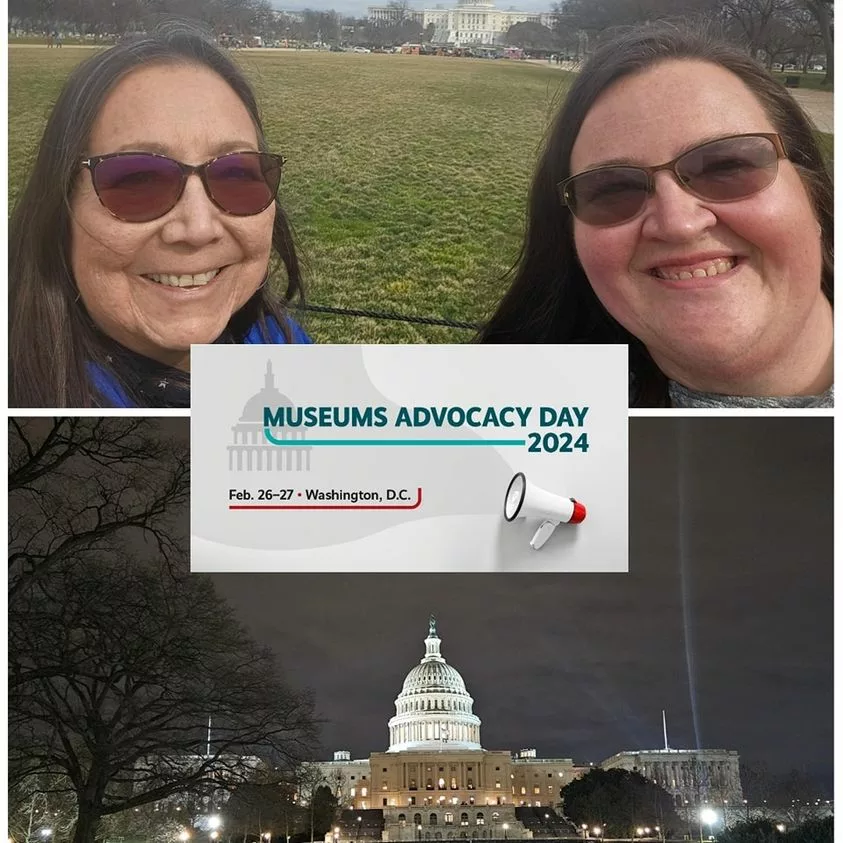 Una encuesta realizada por la Alianza Americana de Museos muestra que, aunque la confianza ha disminuido en los medios de comunicación, la política y prácticamente en todos los ámbitos, la gente sigue confiando en los museos. De hecho, el estudio muestra que la única fuente en la que la gente confía más que en los museos son sus amigos y familiares. ¿Por qué se confía tanto en los museos? En gran medida porque puedes ver los hechos delante de ti. Los objetos, fotos y diarios de la historia cuentan la historia y nuestro trabajo es dejar que lo hagan. La historia es complicada y nosotros no rehuimos ese hecho. Aprendemos. Nos adaptamos. Contamos las historias que podemos lo mejor que podemos. En Breckenridge tenemos un ejemplo fantástico en el Museo Barney Ford. El museo celebrará sus 20th aniversario este año, y la historia que contamos ha cambiado mucho en estos 20 años. Hemos encontrado nuevas fuentes primarias y, a medida que hemos ido aprendiendo más, ustedes han podido verlo reflejado en nuestro museo. A veces nos equivocamos. Puede que una fuente tenga información errónea o que simplemente haya una laguna en nuestros conocimientos, pero no tratamos de ocultarlo. Es importante ser transparentes con nuestro público para que sepan que nos esforzamos al máximo por contar una historia basada en hechos sobre las personas y los acontecimientos que cambiaron nuestro mundo.
Una encuesta realizada por la Alianza Americana de Museos muestra que, aunque la confianza ha disminuido en los medios de comunicación, la política y prácticamente en todos los ámbitos, la gente sigue confiando en los museos. De hecho, el estudio muestra que la única fuente en la que la gente confía más que en los museos son sus amigos y familiares. ¿Por qué se confía tanto en los museos? En gran medida porque puedes ver los hechos delante de ti. Los objetos, fotos y diarios de la historia cuentan la historia y nuestro trabajo es dejar que lo hagan. La historia es complicada y nosotros no rehuimos ese hecho. Aprendemos. Nos adaptamos. Contamos las historias que podemos lo mejor que podemos. En Breckenridge tenemos un ejemplo fantástico en el Museo Barney Ford. El museo celebrará sus 20th aniversario este año, y la historia que contamos ha cambiado mucho en estos 20 años. Hemos encontrado nuevas fuentes primarias y, a medida que hemos ido aprendiendo más, ustedes han podido verlo reflejado en nuestro museo. A veces nos equivocamos. Puede que una fuente tenga información errónea o que simplemente haya una laguna en nuestros conocimientos, pero no tratamos de ocultarlo. Es importante ser transparentes con nuestro público para que sepan que nos esforzamos al máximo por contar una historia basada en hechos sobre las personas y los acontecimientos que cambiaron nuestro mundo.
Además, el 97% de los estadounidenses confía en los museos como activos educativos en nuestras comunidades. En todo el país, los museos gastan más de 2.000 millones de dólares al año en actividades educativas. Aquí en Breckenridge, gracias a las subvenciones de BGV Da y las donaciones en especie de EpicPromise de Vail Resortshemos podido ofrecer programas educativos gratuitos a las escuelas de todo el condado de Summit. En 2023, atendimos a más de 500 estudiantes de nuestra comunidad a través de excursiones, instrucción en clase y como parte de nuestro nuevo programa extraescolar. Como socio de confianza, creemos que es importante ayudar a nuestra comunidad allí donde nos necesite. A través de Proyecto Thrivenos dimos cuenta de que los padres de nuestra comunidad tienen más dificultades para cuidar a sus hijos los miércoles porque el colegio acaba antes que el resto de la semana. Como resultado, comenzamos nuestro programa extraescolar los miércoles de 3 a 5:30 pm y hasta ahora hemos completado programas de seis semanas en las escuelas primarias Silverthorne y Dillon, y estamos empezando un nuevo programa en Summit Cove.
¿Cuál es el problema?
Con todas estas grandes cosas que están pasando en los museos y tanto apoyo de la gente de todo el país, parece que todo es de color de rosa en el mundo de los museos, ¿verdad? La verdad es que no nos hemos recuperado de la pandemia. Ahora mismo, el 60% de los museos carecen de personal, sobre todo en puestos de primera línea. El número de visitantes también sigue bajando. En la actualidad, los museos de todo el país registran una media del 71% de la asistencia anterior a la pandemia. Así que, ¡vengan a saludarnos! Visite sus museos locales o haga un viaje para ver algunos de los increíbles lugares que hay en todo el estado. Si disfruta de la experiencia y aprende algo nuevo, considere la posibilidad de donar al museo. Y si necesitas un trabajo, tenemos justo el lugar adecuado¡! Estamos orgullosos de formar parte de esta comunidad y de apoyarte, y esperamos que tú sientas lo mismo.

